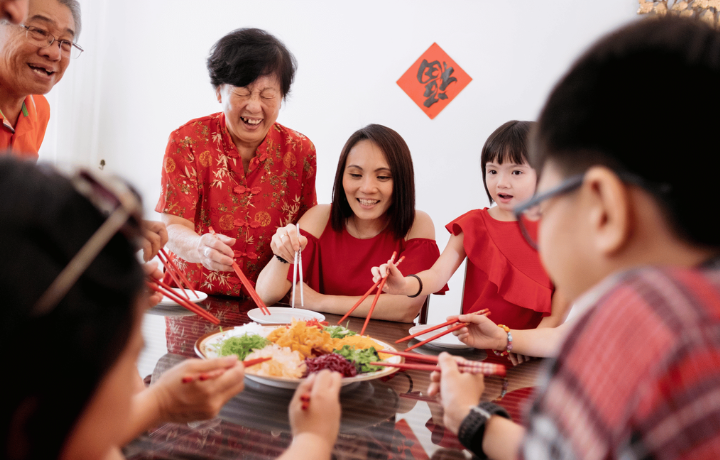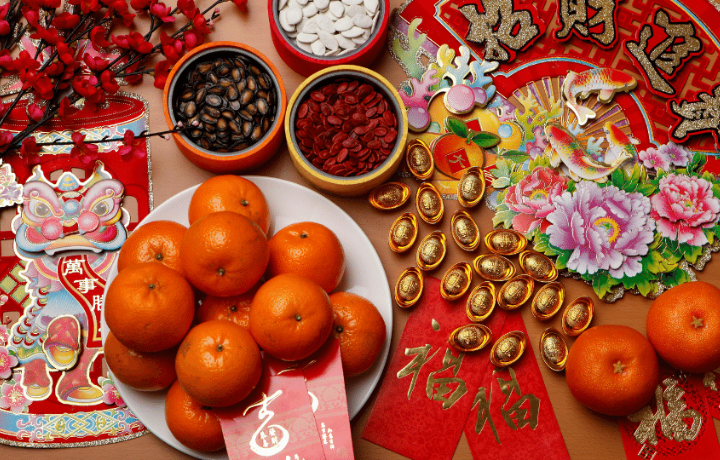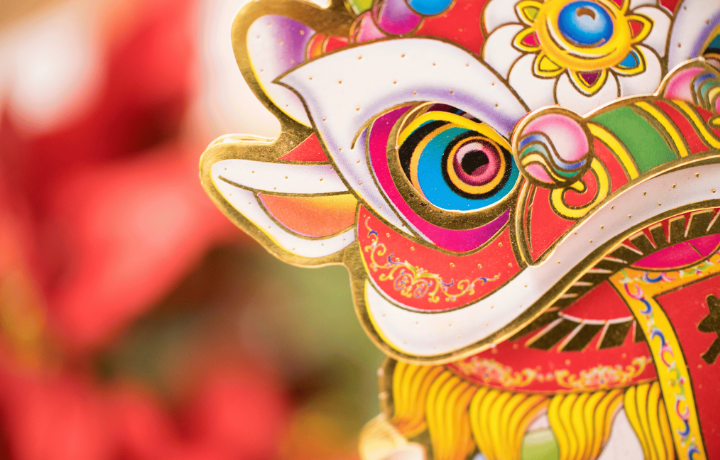When the Lunar New Year arrives, the Filipino-Chinese community take center stage in the festivities, blending Chinese traditions with local flair. Streets light up with dazzling lanterns, festive food fills family tables, and the sound of firecrackers fills the air—all to invite prosperity and good fortune. For centuries, Filipino-Chinese (Tsinoy) communities have shared their customs with Filipinos, shaping how the Lunar New Year is celebrated in the Philippines today.
With deep cultural roots and vibrant traditions, Chinese New Year has become a widely cherished affair, embodying themes of unity, prosperity, and familial harmony. Declared a special non-working holiday in the Philippines in 2012, the Lunar New Year is a beautiful fusion of Chinese beliefs and Filipino values.
Today, Chinese New Year celebrations in the Philippines showcase a beautiful harmony of Chinese and Filipino traditions, creating a unique cultural experience. From vibrant dragon dances to the sharing of symbolic dishes, these festivities highlight the rich heritage and strong ties between the two communities. Among the most iconic and cherished practices are:
Feasting on Chinese Food

A Lunar New Year celebration in the Philippines isn’t complete without a spread of Chinese dishes steeped in symbolism. Popular favorites like tikoy (sweet rice cake), pancit (noodles), and siomai (dumplings) take center stage.
Tikoy is believed to strengthen relationships with its sticky texture, while noodles signify long life and dumplings represent wealth. These dishes, often shared with family and friends, reflect the Filipino value of togetherness while embodying traditional Chinese beliefs in prosperity and unity.
Fending Off Evil with Firecrackers
View this post on Instagram
Firecrackers light up the skies during Chinese New Year in the Philippines, filling the air with festive noise. This practice, rooted in Chinese customs, is believed to drive away evil spirits and bad luck while inviting prosperity into homes and communities.
Filipinos add their signature flair to this tradition with their love for loud celebrations. From fireworks displays in parks to families banging pots and pans in their homes, the day’s festivities are as joyful as they are symbolic.
Exchanging Red Envelopes

Known locally as ang pao, red envelopes are a beloved part of Chinese New Year traditions. These red packets, often containing money, are given to children and unmarried adults as a gesture of goodwill and blessings.
The color red, symbolizing happiness and success, makes this tradition even more meaningful. In Filipino households, ang pao has become a way to spread luck and prosperity among loved ones, further blending cultural values with this cherished custom.
Decluttering and Downsizing

In the days leading up to Chinese New Year, Filipino families take part in an essential tradition: cleaning and decluttering their homes. This practice, inspired by feng shui, is believed to sweep away bad energy and make room for good fortune in the year ahead.
However, on New Year’s Day itself, sweeping and cleaning are avoided to prevent “sweeping away” incoming blessings. This blend of practicality and symbolism underscores the importance of starting fresh, both physically and spiritually, as the new year begins.
Doing the Dragon Dance

No Chinese New Year celebration is complete without the iconic dragon dance. This mesmerizing performance, often accompanied by rhythmic drumbeats and vibrant costumes, symbolizes power, strength, and good fortune.
In the Philippines, dragon dances are a highlight of parades and festivals, particularly in areas like Binondo, the country’s Chinatown. Filipinos gather in droves to watch these lively displays, bringing families and communities together in celebration of the Lunar New Year.
A Celebration of Unity and Heritage
Chinese New Year in the Philippines is more than just a holiday—it’s a cultural spectacle that celebrates shared traditions and values. Through rituals, food, and festivities, Filipinos honor the enduring friendship between Chinese and Filipino communities and the broader Filipino population.
This unique blend of customs reflects the harmony and mutual respect that define Filipino celebrations. Whether it’s through the sweet taste of tikoy, the vibrant energy of firecrackers, or the symbolic red of ang pao, the Lunar New Year is a time for hope, unity, and new beginnings.
Gong Xi Fa Cai! Celebrate Chinese New Year with joy, prosperity, and good fortune. May the Year of the Wood Snake bring growth, renewal, and countless blessings to everyone!
